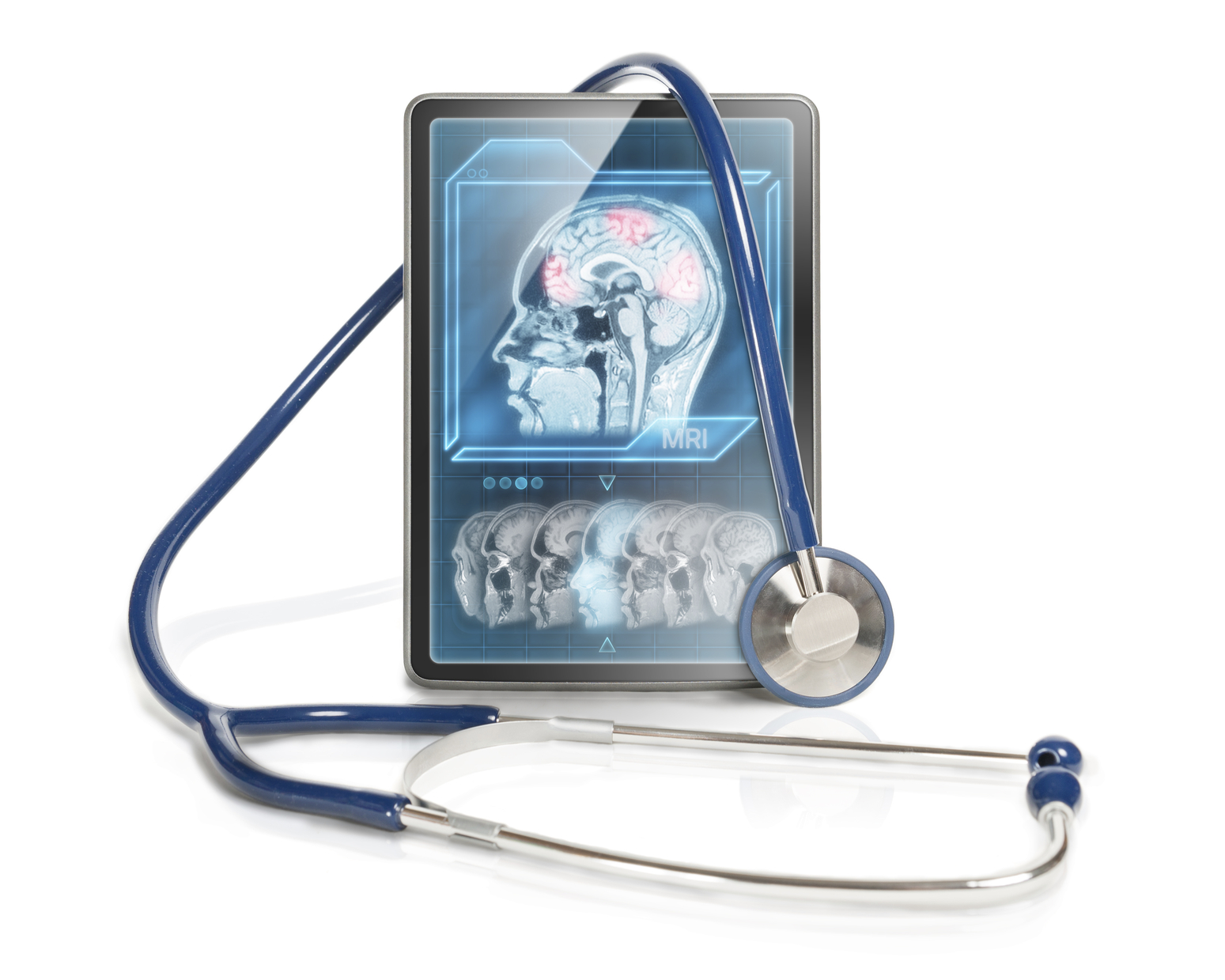
It’s one thing to develop new medical technology, but it’s another thing altogether to develop technology that can be tested, get regulatory approval, then be continuously tweaked and adjusted, all while being useful to the medical professionals for whom it was primarily designed.
Writing recently at Harvard Business Review, Woojin Kim, MD, and Karen Holzberger, CMIO at the Healthcare Division of Nuance Communications and Karen Holzberger, VP and General Manager, Diagnostics, for Nuance Communications, respectively, look at the difficulty stakeholders can have introducing AI tools into radiology departments. And they point to an adapted concept – the app store, specifically – as a tool for bringing radiology AI from trials into day-to-day practice.
After laying out the challenges of developing AI algorithms for radiology, much of which boils down the the fact that “radiology algorithms focus narrowly on a single finding on images from a single imaging modality,” while “a radiologist considers a myriad of questions and findings at once for every imaging exam as well as incidental findings unrelated to the original reason for the exam,” the writers turn to the advantages of AI marketplaces patterned after app stores.
First, they argue, the app store approach can “solve the ‘last mile’ problem by giving physicians and hospital systems one-stop access to a wide range of AI models. AI developers in turn gain storefront access to a consolidated market and scalable revenue model.”
Moreover, the marketplace model also “includes a built-in feedback channel between developers and users to bridge the gap between the technical functionality of algorithms and how they are used in everyday practice. Radiologists can share results with app developers allowing them to iteratively refine the algorithms using annotated, real-world, data. They also gain valuable validation data to support FDA clearance. Hospital systems benefit too as they can track metrics for algorithm usage, costs, and performance from multiple locations.”
The good news for stakeholders curious about this approach is that some early adopters are already wading in, forming “collaborative communities of healthcare developers and users.”
In addition to fostering widespread adoption of AI in radiology, the writers point out, AI marketplaces may also help mitigate radiologist burnout by augmenting and assisting them in two ways. “The first, through the iterative development process, is by facilitating the design of algorithms that integrate seamlessly into radiologists’ workflows and simplify them, rather than introducing additional, burdensome screens and steps to click through. The second is by improving the speed and quality of radiology reporting. These algorithms can automate repetitive tasks and act as virtual residents, pre-processing images to highlight potentially important findings, making measurements and comparisons, and automatically adding data and clinical intelligence to the report for the radiologist’s review.”
As the population ages, the writers conclude, the need for diagnostic radiology will surely increase. Fortunately, in their eyes, “the recent emergence of AI marketplaces can accelerate the adoption of AI algorithms, helping to manage growing workloads while providing doctors with tools to improve diagnoses, treatments, and, ultimately, patient outcomes.”


